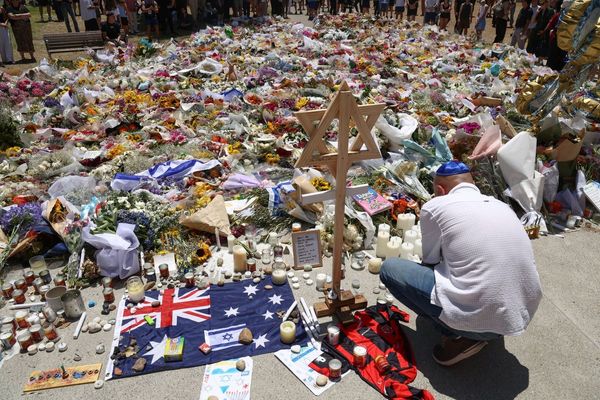
Super fast flights that could take passengers from London to New York in three-and-a-half hours could be the future after a major aviation ban was lifted.
Concorde-style flights could be the next big thing in the skies after President Donald Trump reversed a policy to allow it to possibly happen.
Trump has recently inserted an executive order which will lift a 52-year ban stopping civil supersonic flight over land in the US. The move that has been welcomed by Boom Technology, a firm who have made the ‘Son of Concorde’.
In February, Boom Supersonic confirmed that the Son of Concorde once again flew faster than the speed of sound, marking its second and final supersonic test flight.
Boom said after the historic flight that it plans to focus on scaling the XB-1’s learnings and technology to develop the Overture supersonic airliner. This is designed to carry 64 to 80 passengers across the Atlantic in just over three and a half hours.
But they have been held back in recent years over bans on super fast flying.
Strong restrictions on supersonic flights have been in place due to the loud sonic boom created by the shock waves from a flying object travelling faster than the speed of sound.
But now America has stepped back from the ban in the hopes the US could lead the way in faster-than-ever aviation.
The White House said: "America once led the world in supersonic aviation, but decades of stifling regulations grounded progress.
"This Order removes regulatory barriers so that U.S. companies can dominate supersonic flight once again."
To hit supersonic speeds, an aeroplane needs to travel at 768 miles per hour.

And now technology makers have taken another step forward in making the dream a reality.
"XB-1's supersonic flight demonstrates that the technology for passenger supersonic flight has arrived," Boom founder and CEO Blake Scholl said in January. "A small band of talented and dedicated engineers has accomplished what previously took governments and billions of dollars."
Boom says it is working to address sonic booms, which was part of the reason the original Concorde was forced to stop flying.
But there were also other reasons which forced the French-British venture to stop flying — but what were they?
Here is all we know.
What was Concorde?
Concorde remains the most renowned aircraft ever, more than 50 years since it was built.
Its first flight was from Toulouse, France, on March 2, 1969. The prototype Concorde 001, piloted by André Turcat, conducted this test flight.
Concorde’s first supersonic flight followed on October 1, 1969.
The first commercial flights began on January 21, 1976, with British Airways flying from London to Bahrain and Air France travelling from Paris to Rio de Janeiro.
Widely regarded as the gold standard of aviation engineering, the Concorde could cruise across the Atlantic at twice the speed of sound and carry up to 128 passengers.
During its heyday, the jet's promise of high speeds, sleek design and luxury attracted many famous figures, including Princess Diana, Prince Charles and footballer Michael Owen.

Another key reason for the Concorde's popularity in the UK was its exclusive focus on two major routes: New York to London and New York to Paris.
The Concorde set the record for the fastest-ever transatlantic crossing in 1996, its New York to London flight lasting only two hours, 52 minutes, and 59 seconds. However, its speed ultimately came at a hefty cost.
Why did Concorde stop flying?
Concorde was retired from service in November 2003, following a sharp decline in passenger numbers. This decline was significantly impacted by the tragic crash of an Air France Concorde in July 2000, just minutes after take-off from Paris.
The crash, caused by a burst tyre that led to fuel tank damage and a fire, killed 109 people aboard and four people on the ground. This devastating incident had a lasting impact on the public's confidence in the aircraft.
In the aftermath, passenger numbers steadily declined, and in 2003, it was announced that the supersonic jetliners would be grounded, bringing an end to their 27 years of service.
However, additional factors contributed to Concorde's retirement. One primary reason was its high operating costs. According to the National Air and Space Museum, a typical Concorde flight consumed up to 6,771 gallons of fuel, quickly exceeding the revenue generated from the flight.
Furthermore, the aircraft faced restrictions related to noise and exhaust emissions. Concorde's sonic boom and high emissions led to public complaints and regulatory issues.
As a result, Concorde was limited to flying only certain transatlantic routes, primarily between New York, Washington, London and Paris.
When was Concorde’s final flight?
Concorde's final commercial flight was on November 26, 2003, departing from Heathrow Airport in London and landing in Bristol.
Most of the 20 Concordes built are preserved, mostly in museums.
One Concorde is preserved at the Fleet Air Arm Museum in Yeovilton, Somerset.







